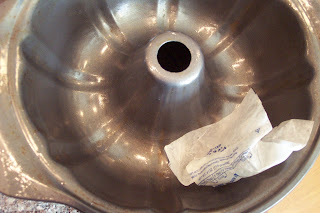As a staunch humanitarian, I like to give back to the community. And by staunch humanitarian I mean person who enjoys a good time. And by community I mean my friends. Anyway, after a day of picking up cups, reorganizing chairs and overall being rather lazy I've gathered the willpower to present to you, fine reader, a collection of photos to show you what I was up to the other day.
After a day of refusing to purchase cheese from a supermarket knowing I could get it cheaper from Costco later, my Costco card bearing friend was a bit late in coming, but I still wanted to give my brother and I something to munch on. With a large mound of pizza dough waiting to be used and some potatoes that were in need of using, I decided to make something I saw on Food Network's The Best Thing I Ever Ate, a potato pizza. A quick look on the internet showed me that it was simply a pizza dough with thinly sliced potatoes layered across a pizza dough, brushed with olive oil and seasoned with salt and fresh rosemary. Not having fresh rosemary I simply omitted it and went about making pizza as usual.
Verdict? Pretty darn successful. While still looking quite white, the potatoes actually had a very soft texture to them, and absorbed the light sprinkling of salt well, giving a smooth bite before the thin crisp crust.
And what's a party without chips and salsa? I didn't make the chips myself, but I did make the salsa. As I often do, I emulated the fellows from The Paupered Chef and set about making a tomatillo (above) and guajillo (below) salsa. The tomatillo salsa had a nice acidic bite and a bit more of a kick to it with the serrano peppers in the recipe. I found that the guajillo salsa didn't have as much heat as I was expecting, but it was still very well received. Perhaps I soaked the dried chilies too long, or maybe I just didn't use enough? I'll use two full packages next time.
Chips weren't the only thing I made the salsa for however! They were a necessary part of my grand dish of the night, authentic carnitas fried in lard! I mean really what else is there to say? Stay tuned for more in depth postings on these dishes.




















































